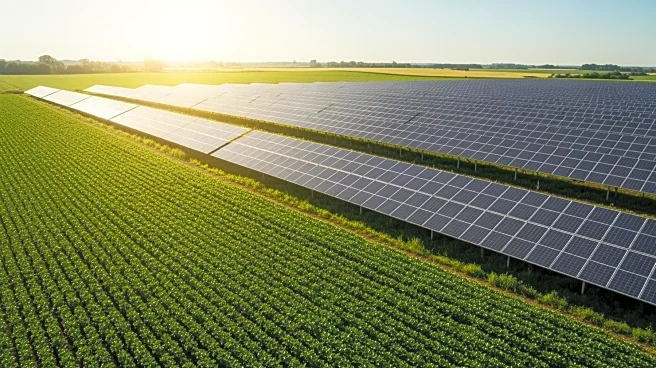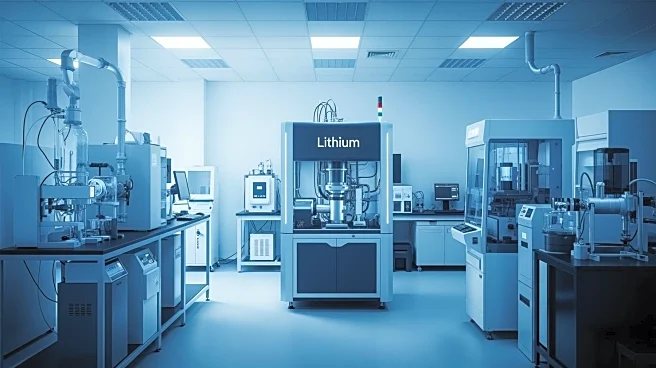What's Happening?
Copper demand is experiencing significant growth due to its critical role in the energy transition and technological infrastructure. Renewable energy systems, such as solar panels and wind turbines, require substantial amounts of copper, while electrification
efforts increase the need for wiring and transformers. Additionally, the expansion of data centers, driven by AI and cloud services, has further elevated copper demand for power distribution and cooling systems. Global copper demand has grown at a compound annual growth rate (CAGR) of 2.7% over the past two decades, with projections indicating a continued increase to 35.1 million tonnes by 2030. However, recent supply chain disruptions, including accidents at major mines and production cuts, have highlighted vulnerabilities in meeting this demand.
Why It's Important?
The strain on copper supply poses significant challenges for the energy transition and technological progress. Copper shortages could slow the adoption of renewable energy technologies and the expansion of data centers, impacting efforts to reduce greenhouse gas emissions and advance digital infrastructure. The United Nations has warned that substantial investment and new mining projects are necessary to meet future demand, estimating a need for $250 billion in investment and at least 80 new projects. Without these developments, the industry may face increased price volatility and upward pressure on costs, affecting the affordability and feasibility of related technologies.
What's Next?
To address the looming copper supply crisis, industry leaders and policymakers must accelerate exploration and recycling efforts. Boosting investment in new mining projects and streamlining permitting processes are crucial steps to prevent bottlenecks that could hinder decarbonization and technological advancements. Mining companies may find opportunities in previously marginal projects becoming economically viable due to higher copper prices. The industry must navigate these challenges to ensure a stable supply chain that supports the growing demand for copper in energy and technology sectors.
Beyond the Headlines
The copper supply strain underscores broader issues in mineral exploration and development, including declining ore grades and extended mine development times. These challenges necessitate innovative approaches to resource management and investment strategies. The situation also highlights the interconnectedness of global supply chains and the need for international cooperation to address resource shortages that impact multiple sectors.













